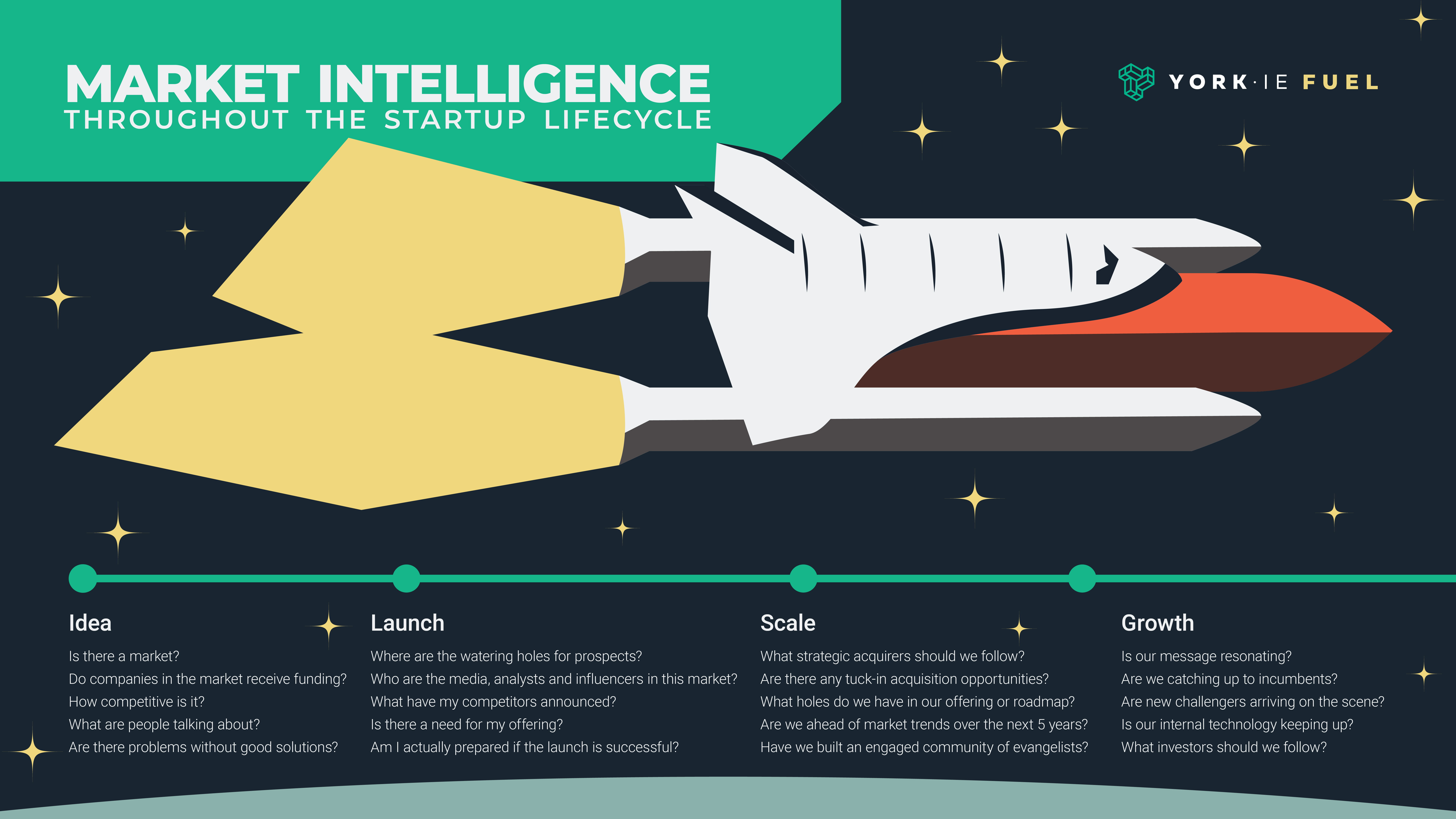A startup company is an entity founded by one or more entrepreneurs with the goal of creating a successful, sustainable business.
Startup companies typically rely on outside funding to develop their products and bring them to market. This funding may come from friends and family, venture capital and angel investors, loans or other sources. Building a startup without outside funding is known as bootstrapping.
In this article you’ll learn about:
- What is considered a startup company?
- Product development in a startup company
- Startup growth
- Funding for startup companies
- Startup success and failure
What Is Considered a Startup Company?
There is no widespread agreement on when a startup company stops being a startup. For some, it is when the company reaches a certain size, either in terms of revenue or employee headcount. For others, it may be when the company stops having to rely on outside funding or has a successful exit.
Product Development in a Startup Company
The goal of the startup product development process is to find product market fit, a term that describes when a company’s offering is proven to meet the needs of a specific customer base.
Metrics that may indicate product market fit include:
- sales yield: revenue minus sales expenses;
- net retention rate: measures a company’s ability to hold on to and expand business with existing customers; and
- net promoter score: indicates how likely a customer is to recommend a company to others.
There is a three-step process that startups can use on their journey to product market fit:
- Build a minimum viable product (MVP).
- Identify a minimum viable audience (MVA).
- Position the MVP to the MVA.
Minimum Viable Product
A minimum viable product, also known as a prototype, is a version of an offering that has the least amount of features possible while still being usable and sellable.
The initial goals of an MVP are to validate a startup’s idea and start generating revenue. From there, the company can get additional feedback from customers and continuously iterate to build a more fully featured and user-friendly product.
Minimum Viable Audience
The minimum viable audience for a startup company is the smallest, most targeted segment of potential customers that can support its immediate revenue needs.
The ideal MVA should be accessible, to enable an easy and continuous feedback loop. It’s crucial to keep learning more about the audience, its needs and its ability to pay.
Product Positioning
Positioning refers to how a startup talks about and delivers its product to its target audience.
Sales, go-to-market and marketing strategies are all part of a company’s overall positioning. When writing your positioning statement, you should not only take into account the startup and its product, but also any competitors and comparators, plus the overall market.
Entrepreneurs and operators who perform extensive, ongoing market and competitive intelligence are better equipped to stand out from the crowd and resonate with their target customers. This is called the market-in approach to building a company.
Startup Growth
Continuous, iterative product development and research-backed positioning are the most important parts of growing a startup company. But they alone can’t guarantee success.
Every founder needs a business growth plan to drive their company’s long-term strategy. A growth plan should answer these two questions:
- Where do you want your company to go?
- How are you going to get there?
To create a growth plan, startups should follow these five steps:
- Identify your mission statement.
- Create a handful of broad long-term objectives that contribute to the mission statement.
- Break down each objective into annual goals that are focused and measurable.
- Plan and assign the specific tasks required to accomplish each goal.
- Measure your progress and results.
Every department in a startup company should help develop and contribute to the growth plan to ensure alignment.
Funding for Startup Companies
Startup funding helps entrepreneurs get their companies off the ground and provides a runway for them to grow while they develop their products and work towards achieving profitability.
Many founders use their own capital to at least partially start their companies. Other more formal means of startup funding include business loans, angel investment and venture capital (VC) investment.
Startup Business Loans
A business loan can be a good option for a startup company with a limited credit history and/or little revenue. Some loans are designed specifically for startups and have less strict eligibility criteria than other types of financing.
Types of startup business loans include:
- revenue-based financing: a loan collateralized against a startup’s future revenue;
- traditional lending or line of credit: a bank loan that must be repaid with interest within a given timeframe; and
- private lending: a loan from another individual (also known as friends and family lending).
Angel Investing
Angel investing refers to a private individual giving money to a company in exchange for an ownership stake, which may be in the form of equity or convertible debt. Angel investors tend to invest in startups at the earliest stages.
Venture Capital
Venture capital is financing provided by a firm that raises money from its investment partners (known as limited partners) and deploys it to startups.
Traditional VC firms make money by charging management fees to their limited partners. That means they aren’t incentivized to help all of the startups they invest in succeed. As long as a small percentage of their portfolios makes outsized gains, they’ll be able to return capital at a rate that their limited partners expect.
This model is ripe for disruption. York IE does not charge management fees, and our economics are on a deal-by-deal basis. With these aligned incentives, our intentions are clear: We want all of our portfolio companies to succeed, and we’re going to help them do it.
Some VC firms invest at the earliest stages (Pre-Seed and Seed rounds) alongside angel investors, while others focus on emerging or more established companies starting at the Series A round.
Startup Failure and Success
Although estimates vary as to the exact failure rate of startups, most do not become sustainable companies or experience successful exits. (An exit is when a startup company is acquired by another company or goes public through the initial public offering process.)
The No. 1 reason why startups fail is because they run out of money and can’t raise new capital, according to CB Insights. The No. 2 reason is because there is no market need for their offering.
Unicorn status is often cited as the ultimate example of startup success. (A unicorn is a company with a valuation of $1 billion or more.) Valuation, however, is a vanity metric. As the VC market heated up in the late 2010s and early 2020s, many companies received higher valuations than their revenue justified, and even some unicorns ended up with unsuccessful exits.
Meanwhile, plenty of founders who owned the majority of their companies sold for eight or nine figures and became multimillionaires who generated generational wealth.







